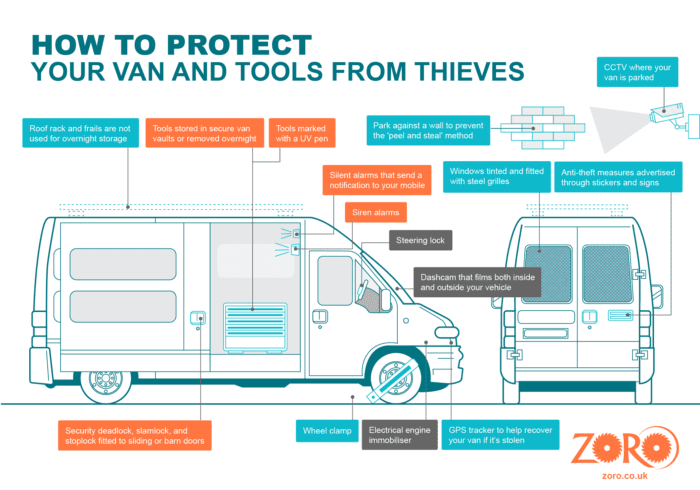
- 15 Feb 2021
- 4 Min read
7 outreach tips to help you land links on B2B sites
Our business-to-business (B2B) clients want to land links on industry publications for good reason: as well as improving their search engine rankings, this type of exposure helps them connect with and convert their target audience.
Business-to-consumer (B2C) brands can also benefit from working with relevant B2B publications as part of their outreach strategy. While readers are more likely to be peers than prospective customers, this type of coverage can boost authority and contribute to a healthy backlink profile.
In our experience securing online exposure for clients across industries, we’ve developed proven strategies for pitching to B2B sites. Here are my top 7 tips:
Avoid basic topics
When contributing or outreaching content to industry publications, my first piece of advice would be to avoid the most straightforward topics. B2B sites are usually quite specialist, and so basic ideas are usually too simplistic for the audience — or have already been done to death.
If you bring something new to the table, the publisher is far more likely to want to work with you.
Try conducting ideation sessions with different people within your business to see what fresh perspectives can be offered. I’d also recommend looking at social media, comments sections, message boards, and so on to see what people in the industry are discussing.
Pay close attention to industry issues
Issues within B2B industries can change quickly or arise unexpectedly, so it’s important to keep up with the latest news.
For example, Brexit and coronavirus developments are dominating many industry conversations at the moment, but you’ll also want to watch out for smaller stories that could have a bearing on how business is done. If you have some target publications in mind, make sure you read them regularly and are signed up to any newsletters.
It can be tricky to involve yourself in an industry conversation if the topic is saturated, but a great way to take advantage of these big stories is to add a unique spin to your idea. For example, when everyone was talking about personal protective equipment (PPE) for Covid-19, we secured a client some great coverage by looking at the topic from an eco-friendliness angle.
Look to the future
Many industries are facing huge challenges and innovation when it comes to the environment, automation, and Brexit to name but a few. As well as thinking about how these are impacting business now, consider how they could shape the industry’s future.
As long as you offer a unique perspective and back up your position, B2B publishers tend to love this kind of content — their readers always want to know what they should be preparing for next.
Be sure to research the issues in depth and look at how you can provide a meaningful conversation that either prompts debate or helps the reader.
Offer personal insight
B2B content can often be dry and faceless, but it’s important to remember that you’re still creating content for people.
That’s why personal opinions and insights tend to perform really well. Businesspeople like to know how their peers dealt with the same challenges they’re experiencing or to get advice based on real-world examples.
Case studies are a great option, especially if you’re prepared to be honest about your failures as well as your successes. So, have a think about the lessons you and your colleagues have learned and consider sharing these experiences.
Be creative
Another way to ensure your B2B content is engaging is to get creative with presentation. For example, your audience might be tired of text-heavy whitepapers and thought leadership pieces, so why not create a graphic or video instead?
We helped our client Zoro secure coverage on a variety of relevant B2B sites with this helpful van security graphic. This was a fresh format on a well-trodden topic, and one that generated solid engagement from both publishers and readers.

Get straight to the point
B2B journalists and editors tend to prefer a no-frills approach to outreach. Keep greetings short yet polite and ensure your pitch is clear and concise. As with most outreach, your main goals are:
- explaining what you have to offer their readership,
- establishing your credentials, and
- showing that you’re willing to be collaborative and accommodating.
If you feel your email is looking bulky or text-heavy, opt for graphs or tables over purely aesthetic imagery and use formatting options like bolding and bullet points to draw attention to key information.
Use statistics and research
B2B content is often more serious in nature, with common topics including HR, security, and health and safety. It’s therefore crucial to do your research, backing all your claims with referrals to high-quality sources — both in your pitch and in your actual content.
Where possible, use statistics to provide extra context. Statista, Google Dataset search, and HSE England tend to be good starting points.
With these tips in mind, you should start to see your B2B outreach success rate improve, so you can ultimately secure more valuable press exposure and links online. If you need expert help when it comes to outreach and PR, get in touch to discuss our high-quality link-building service.

